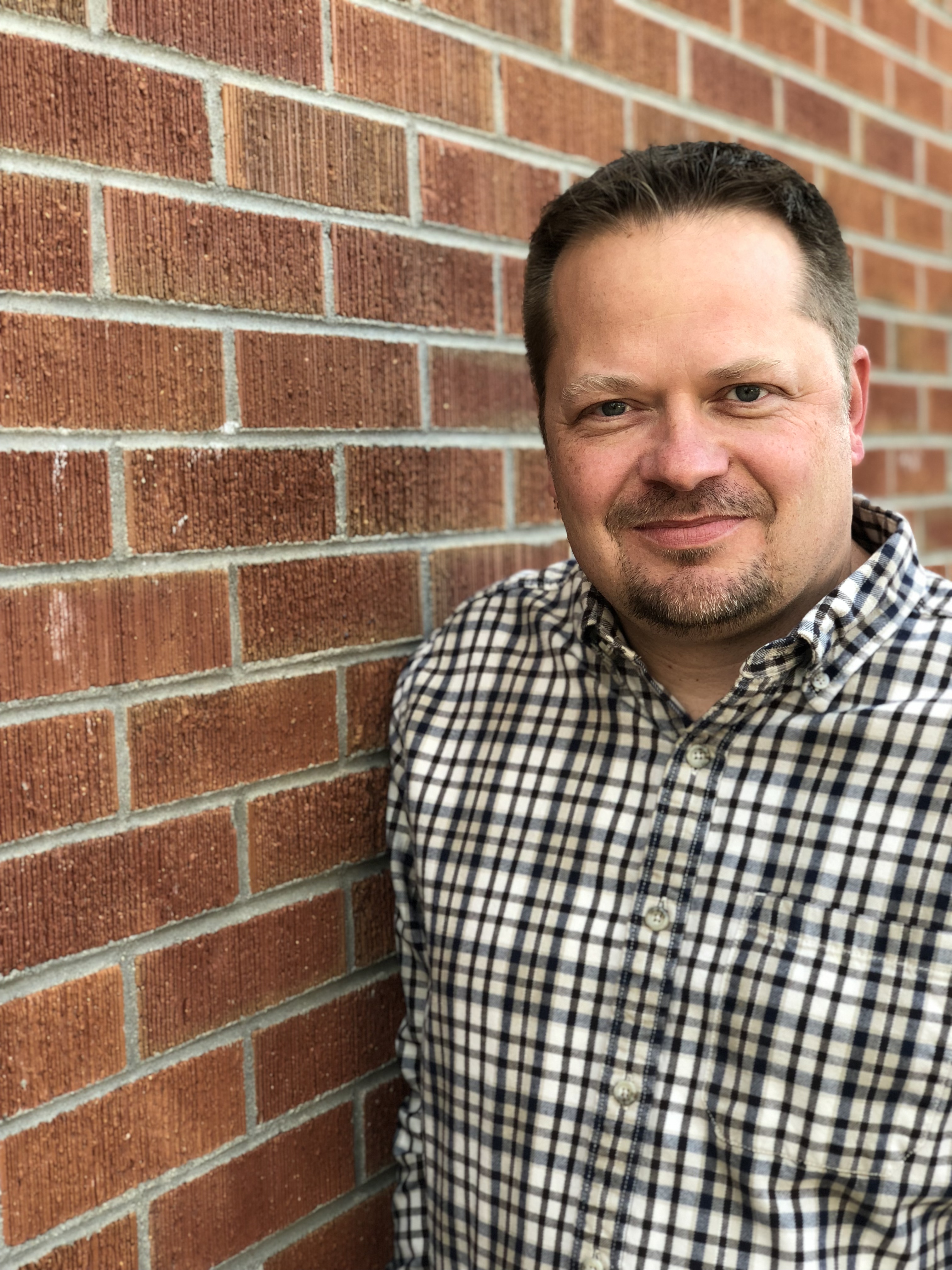A few years ago as I was wandering through a bookstore, I came across the self-help section. I occasionally like to peruse this section to see if there are any new books by authors I’ve read before. One book caught my attention, Shame & Guilt: Masters of Disguise, by Jane Middelton-Moz (Health Communications, Inc., 1990). I picked up the book and flipped through the pages. I could relate with many of the examples inside, so I bought the book.
People often mistake guilt for shame and vice versa. For clarification, it is important to remember that guilt is how I feel when I’ve done something wrong, a fear of punishment or consequences. With shame, we feel that our “self” is being judged, which brings a fear of isolation and abandonment. Guilt says, “I did something bad.” Shame says, “I am bad.”
Shame in Our Lives
We have all experienced shame at some point in our lives and to varying degrees. Some were made to feel useless or always in the way. Parents, unhappy with how they were raised, may attempt to create a perfect environment for their children. This atmosphere of perfection doesn’t allow for mistakes or anything less than excellence. Mistakes made by children become more than just opportunities for correction. The shame they are made to feel because of their mistakes or for not being perfect is internalized.
The message of shame comes from other places too. Peers tease the kid in school who isn’t good at sports. Some respond by pressing into this and learning to excel, while others internalize the shame and never try a sport again. Sexual abuse causes men and women to feel a deep sense of shame as well, thinking things like, “I did something to cause this to happen,” or “It felt good when he touched me, so there must be something wrong with me.”
Adults Shamed as Children
Those for whom shame was a constant presence while growing up, the effects carry forward into adulthood. In the book Shame & Guilt, the author lists twenty one ways that adults who experienced shame in childhood are impacted. Here are a few of those:
Adults shamed as children:
- Are afraid of vulnerability and fear exposure of self.
- May suffer extreme shyness, embarrassment, and feelings of being inferior to others.
- Fear intimacy and tend to avoid real commitment in relationships.
- May appear either grandiose and self-centered or appear selfless.
- Frequently feel defensive when even minor negative feedback is given.
- Apologize constantly. They assume responsibility for the behavior of those around them.
- Project their beliefs about self onto others. They engage in mind reading that is not in their favor.
- Often feel controlled from the outside and the inside. Normal spontaneous expression is blocked. One common thought is, “I’m making a fool of myself.”
- Feel they must do things perfectly or not at all. This frequently leads to performance anxiety and procrastination.
- Block their feelings of shame through compulsive behaviors like workaholism, eating disorders, shopping, substance abuse, list making, or gambling.
- Have caseloads rather than friendships.
- Are stuck in dependency or counter-dependency.
What can I do about shame?
After reading the entire book, I believe I have a pretty good understanding of shame and how it differs from guilt. The book was 108 pages long, of which the first 101 pages described the development of guilt and shame in a person and how these problems surface as adults. The few remaining pages at the end contained all that the author offered to help with the problem. This left me feeling a bit lost as to what to do with all the things stirred up within me by the text. “How do I fix the problem?” I was asking. “Where are my 10 easy steps to freedom?”
After giving this some thought, I realized that perhaps the solution really is simple. This does not mean that it is easy, however. The author pointed out that along with shame comes a feeling of aloneness. We feel like no one will understand what we are feeling. “If I tell someone how I feel, I will be rejected and abandoned.” Based upon past experiences, these fears may be justified. The truth is that while someone may have abandoned you in the past, not everyone will. Finding a safe place to share these feelings is imperative to moving on from them.
Healing from the effects of shame
Does healing mean the absence of shame in our lives? Probably not. When we have years of reacting emotionally to the circumstances we find ourselves in, it takes time to recover. We may not be able to choose how we feel in the moment, but we do have power in how we respond. When we feel ashamed and shaken to the very core with “I am bad” thoughts, we can stop ourselves from living there. We can pray for God to pierce our hearts with the truth of who he made us to be. We can call a safe friend or share the feelings in a small group, confessing our negative beliefs about ourselves. Creating new habits in how we respond to shame greatly decreases its effects in our lives.
These aren’t magical solutions. They simply take the power out of shame, which is based in lies we believe about ourselves. Asking God to reveal truth to us and getting a reality check from a trusted friend brings clarity in a way that harboring secret thoughts cannot. People who truly know and love us will be able to reflect back a more accurate representation of who we truly are.
“Therefore, there is now no condemnation for those who are in Christ Jesus, because through Christ Jesus, the law of the Spirit of life set me free from the law of sin and death.” (Romans 8:1-2, NIV)

Roger Jones
Executive Director
Make a Difference in Someone's Life
If you enjoy reading WGA’s blogs and would like to show your support, please consider making a donation. Where Grace Abounds is a 501(c)3 non-profit organization. The majority of services, including support groups and discipleship counseling, are provided free of charge. Your financial gifts help to cover the costs associated with offering a free program to those who seek WGA’s services.


Love it, shame is the thief of any joy